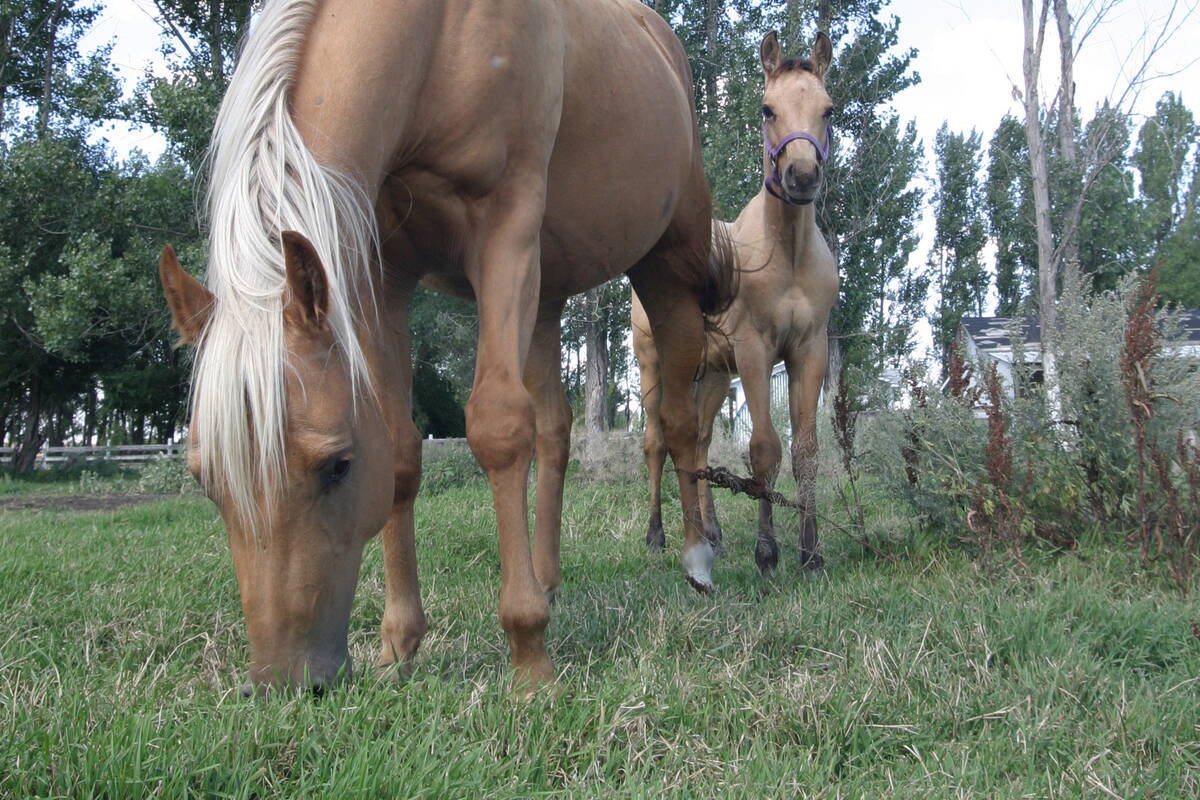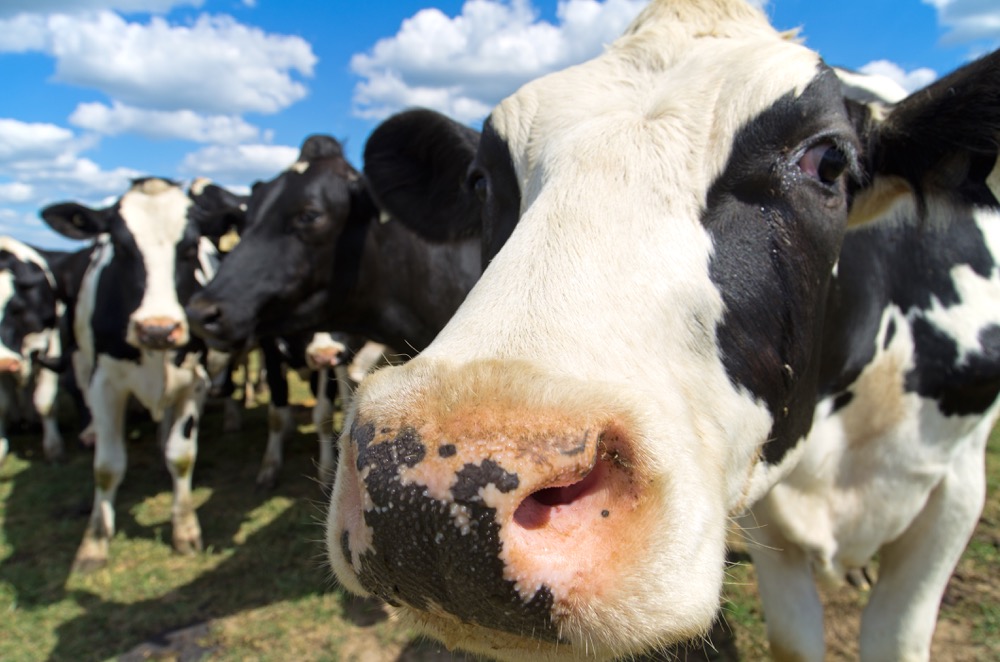Once a schoolyard term, bullying has now razed a path through all of society.
It happens in our homes, on our farms and at work. Children suffer to the point of taking their lives and tens of thousands of them stay home every day from fear.
In Canada, 40 per cent of adults report that they are bullied in the workplace. This workplace includes the farm.
Read Also

Ignoring growth plates sabotages young horse development
Young horse training plans and workloads must match their skeletal development. Failing to plan around growth plates can create lifelong physical problems.
I never really had put it all together in my own life until the young fellow who sat beside me on our rural school bus committed suicide. He was a slight boy, smart and very urban in his dress. That seemed to be his three strikes.
Although he and I got along famously, the taunting of others overcame his will to survive. I remember him always, that young boy bossed around by his tormentors who found some sort of satisfaction in his eventual demise.
On one farm, it was the mother who was the bully, but only to one child. We often stood by silently — wide-eyed little farm kids — while she chastised him for absolutely everything. His daddy’s dream of him being “a man” was lost in the brutal exchanges that took him early in life as far away from his roots as he could possibly go. I wonder to this day where he is.
More with Brenda Schoepp: We are always only a moment away from life-altering change
Around the kitchen tables on many farms, I sometimes think that I have seen it all.
The farmer who refused to buy a furnace, boasting that his wife could turn on the electric stove if she was cold. It was 20 below.
The son who took money from his elderly mother while looking her in the eye and claiming she could “darn well learn to live on less.” How much less? I wondered, as I stood in the sparse kitchen looking at the empty cupboards.
I recall the lean rancher who shared his story about how he was never good enough or strong enough for his dad. Every day he was tormented with gruff language and the constant message that he “owed his dad everything.” That kept him under the thumb, stumbling along without hope of ever getting the farm — or leaving it.
For all ages, the intimidation in places like the show ring can be just as real and damaging as the taunting in the schoolyard. And we see oppressors in the boardroom and in management where there is purposeful action to discredit, dismiss or destroy another member. That is not ‘just politics’ — this is bullying in dress clothes.
In the case of adult children and the elderly, a bully sees what it is that they want and are self-serving, often totally ignoring the needs of the senior. Fuelled by their own insecurity, they often manipulate the vulnerable face-to-face — those who do not have the ability or support to counter the harmful words and actions.
For most children, the internet allows for bullies to infiltrate their lives, especially our young girls. Cyberbullying is extraordinarily harmful and we need to constantly be asking and vigilant in respectfully checking who are children are engaging with — especially on their devices during the night.
Typically, we may think of bullying as a gang or group picking on an individual.
But a bully could be a smooth manipulator on the local church council or in a family. And sometimes that one person draws in others. Once the tormenting starts, it can incite others or even drive them toward the bully out of fear that they might be the next victim.
The desire to belong — at any cost — often pulls children into tormenting other children or adults into degrading other adults. The desire to feel loved locks couples in unhealthy relationships.
The definition of a bully ranges from ‘seeking to harm, coerce or intimidate someone’ to the ‘ongoing and deliberate use of verbal, social or physical behaviour for the purpose of verbal, physical or psychological harm.’ It may be carried out by an individual or a group.
Of all the tips on how to handle a bully it is this one, shared by Elaine Froese, that resonated with me the most: Do not accept guilt or shame.
Bullying comes from the narrow view of the insecure. So go ahead and press delete or block a person, walk away, or set a boundary. But do not accept the medicine of the ill. They must seek their own healing. And if it gets bad it is okay to report anything that makes you feel uncomfortable, unwelcome, unloved, unappreciated, exposed, excluded, sad, afraid, physically distressed, controlled or fearful.
Asking for help is the healthy thing to do.
Nearly half of us will experience bullying behaviour in our lifetime. We can counter this at home and on the farm by treating animals humanely and our people with an understanding of their unique characteristics, compassion for their journey and acceptance of their roles and responsibilities.
It starts with inclusion and positive reinforcement of all persons, even the one doing the harm, for they too are suffering. It is providing a safe place for conversation and disclosure and supporting those who are feeling vulnerable.
It is through our measured response that bullying stops.
If you need to talk to someone, help is available, including helplines that offer support 24 hours a day, seven days a week. These include Talk Suicide Canada (1-833-456-4566 — if you or someone you know is thinking about suicide) and Kids Help Phone (1-800-668-6868 for those aged 5 to 29 seeking confidential and anonymous care from trained responders).
















